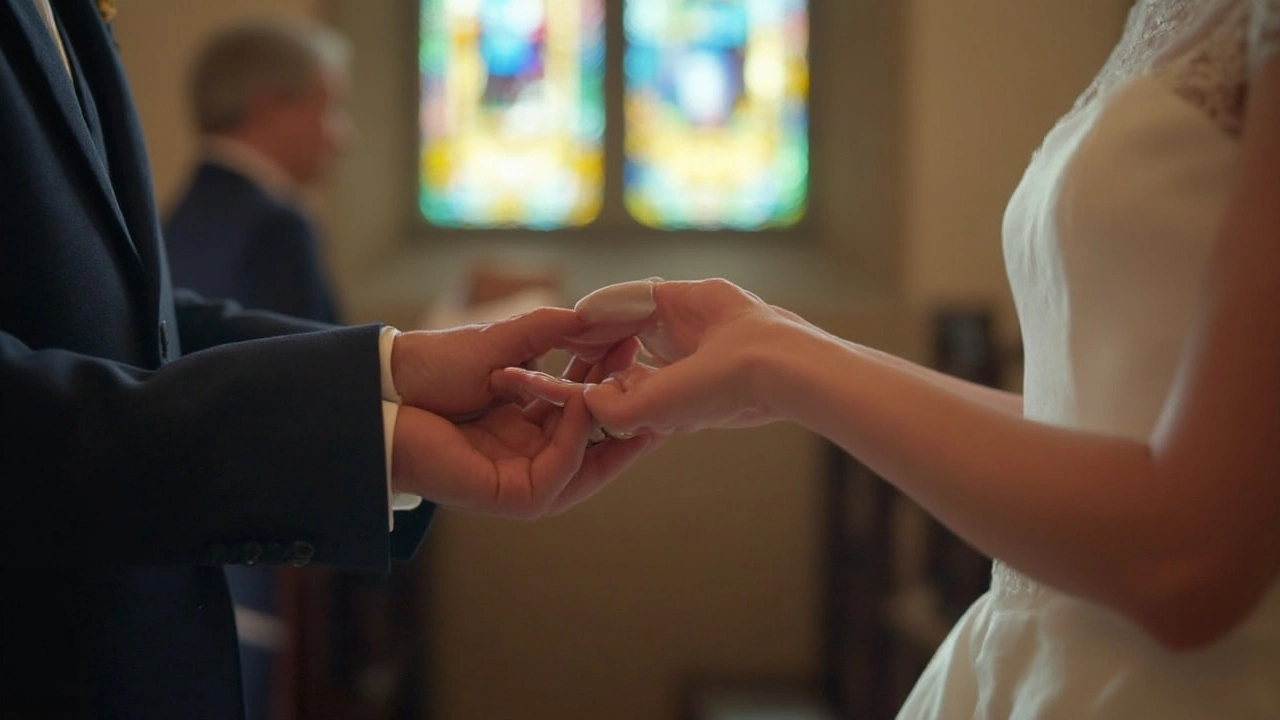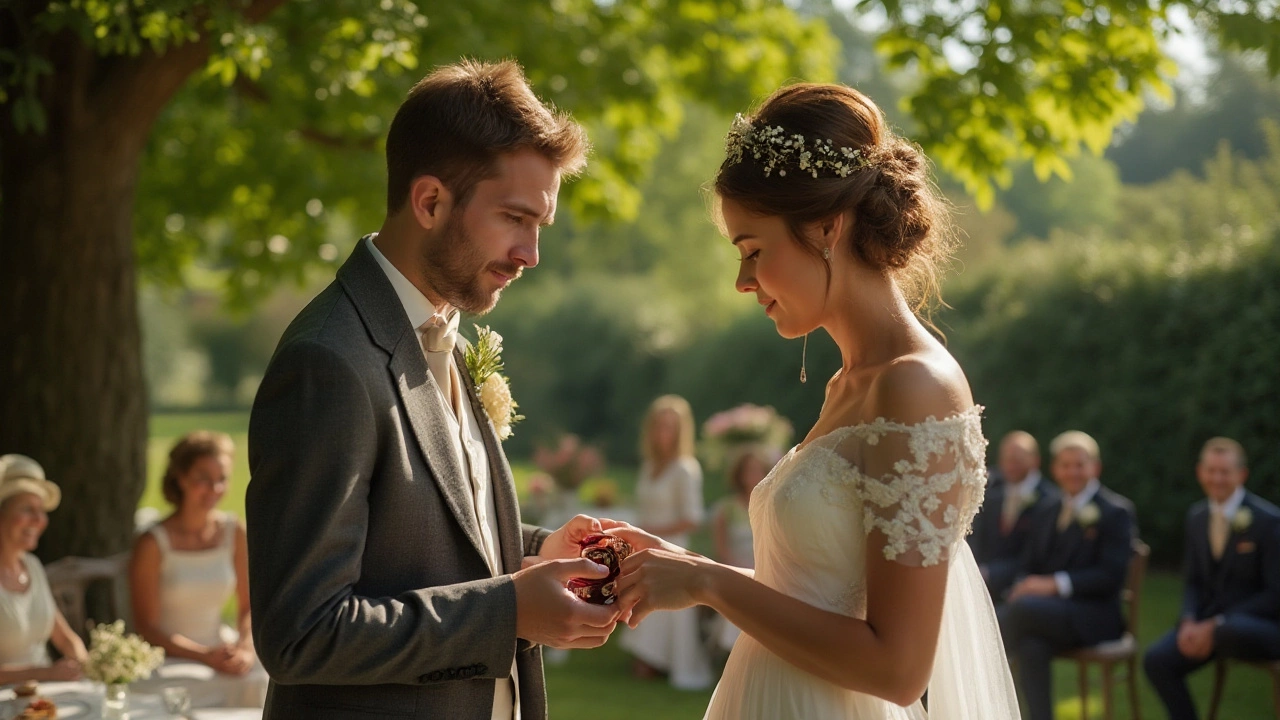Wedding Ceremony: What You Need to Know
Planning a wedding ceremony can feel overwhelming, but breaking it down into simple steps makes it doable. Start by deciding where you want the ceremony to happen—whether it’s a church, a garden, or a modern loft. The venue sets the tone, so choose a place that matches your style and fits your guest list.
Next, think about the order of events. Most couples follow a basic flow: entrance, welcome, vows, ring exchange, and the first kiss. You can swap the order of the ring exchange or add a unity ceremony if that feels right for you. The key is to keep the timeline clear so everyone knows when to stand, sit, or applaud.
Key Moments to Plan
The ring exchange is a highlight, and many people wonder who gives the ring first. Traditionally, the groom places the ring on the bride’s finger, then the bride returns the favor. Today, couples mix it up—some give both rings at the same time, others let one partner lead. Whatever you choose, practice it with your officiant so it runs smoothly.
Don’t forget the wedding car. Decorating the car adds a fun touch, and it’s usually the bride’s family or the wedding planner who handles it. Simple ribbons, flowers, or a “Just Married” sign keep it classy without breaking the budget.
Another moment that often stirs questions is the music. Pick songs that reflect your love story, but also consider the length of each piece. A 30‑second intro for the bride’s walk and a short instrumental for the couple’s exit keep the ceremony moving.
Etiquette and Traditions
Etiquette can feel like a maze, especially when it comes to who pays for what. In modern weddings, costs are shared based on what each family can afford. Talk openly about the budget early on, and decide together whether the bride’s family, the groom’s family, or both will cover the ceremony venue, flowers, and décor.
Save‑the‑date cards and invitations have their own set of rules. Send save‑the‑dates about eight to ten months before the wedding, and the formal invitations six to eight weeks prior. Include essential details—date, time, venue address, and RSVP instructions—so guests know exactly what to expect.
If you’re planning a DIY décor approach, it’s doable with a clear plan. List every item you need, set a realistic budget, and allocate time for setup. Many couples find that simple cotton ribbons, fairy lights, and homemade signage look elegant and cost‑effective.
Finally, remember to enjoy the day. The ceremony is a snapshot of your love, and the little moments—like the first look, the whispered vows, and the shared smile—are what you’ll remember most. Keep a checklist, practice the key parts, and trust your team to handle the details.
With these basics in place, your wedding ceremony will feel organized, personal, and unforgettable. Happy planning!

- Jul, 5 2025
- Comments 0
Why Brides Carry Wedding Bouquets: Meaning, History & Modern Tips

- Apr, 4 2025
- Comments 0
What to Say During a Ring Exchange: Heartfelt Ideas to Make Your Moment Unforgettable

- Jan, 30 2025
- Comments 0